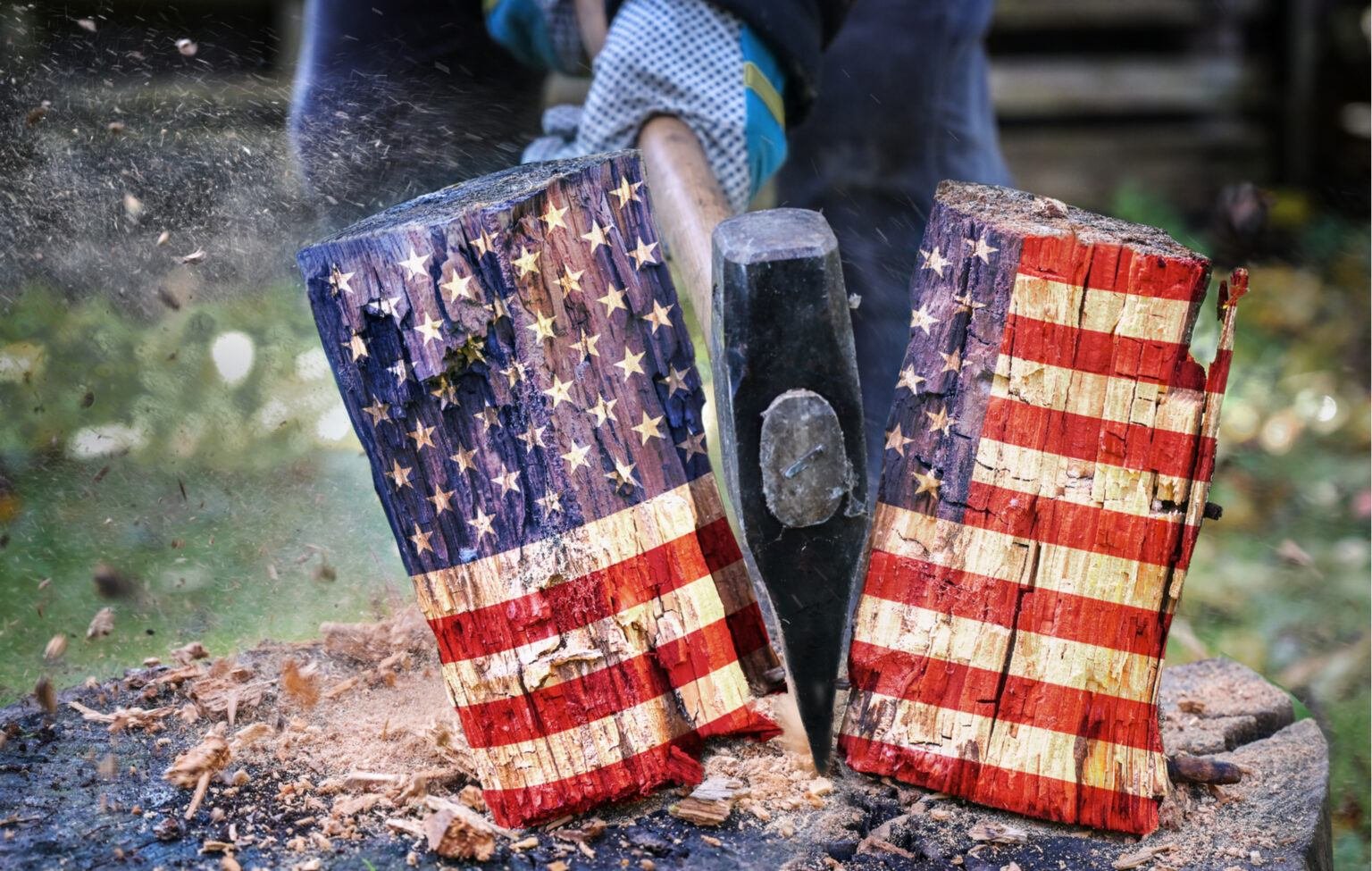Religion reporter Bob Smietana’s “aha!” moment came a few years ago while covering a hurricane.
When a tornado, flood or other disaster occurs, so-called faith-based FEMA organizations typically play a crucial role in the relief effort.
“Usually, a bunch of church folks and other religious folks show up,” explained Smietana, a Religion News Service national reporter. “They cook meals, they clear trees, and they help people rebuild their houses and put their lives back together.”
But given the decline of organized religion in America, might those helpers — at some point — disappear? And if so, what might that mean for the nation’s social fabric? Such questions came to Smietana during his “aha!” moment.
“Something in my head went, ‘Oh, wait. All those people doing this faith-based disaster relief are usually older church folks, and most of them are White,’” he told me, noting the shrinking proportion of White Christians in America.
Reflecting on the hurricane volunteers, he realized, “There’s no one in the pipeline to replace those folks when they’re gone.”
The veteran Godbeat pro shared that anecdote as we talked about the ideas behind his insightful new book, “Reorganized Religion: The Reshaping of the American Church and Why It Matters”, which releases tomorrow.
Here’s how Worthy Publishing describes Smietana’s book: “A look at the ways the Christian church has changed in recent years — from the decline of the mainline denominations to the megachurchification of American culture to the rise of the Nones and Exvangelicals — as well as a hopeful vision for reimagining what the church might look like going forward.”
My own take: The 200-plus pages of “Reorganized Religion” certainly are timely, delving into long-term demographic trends while exploring challenges such as the COVID-19 pandemic and post-2020 political division.




